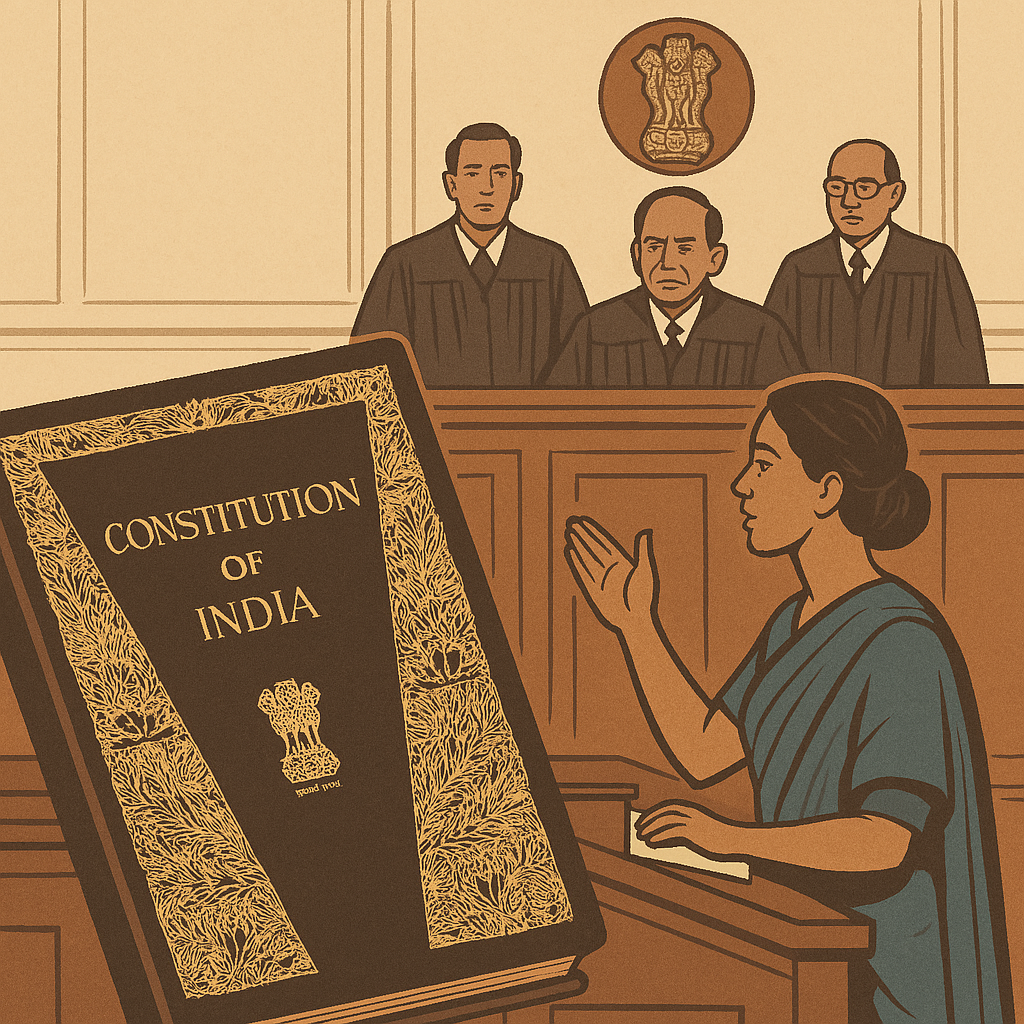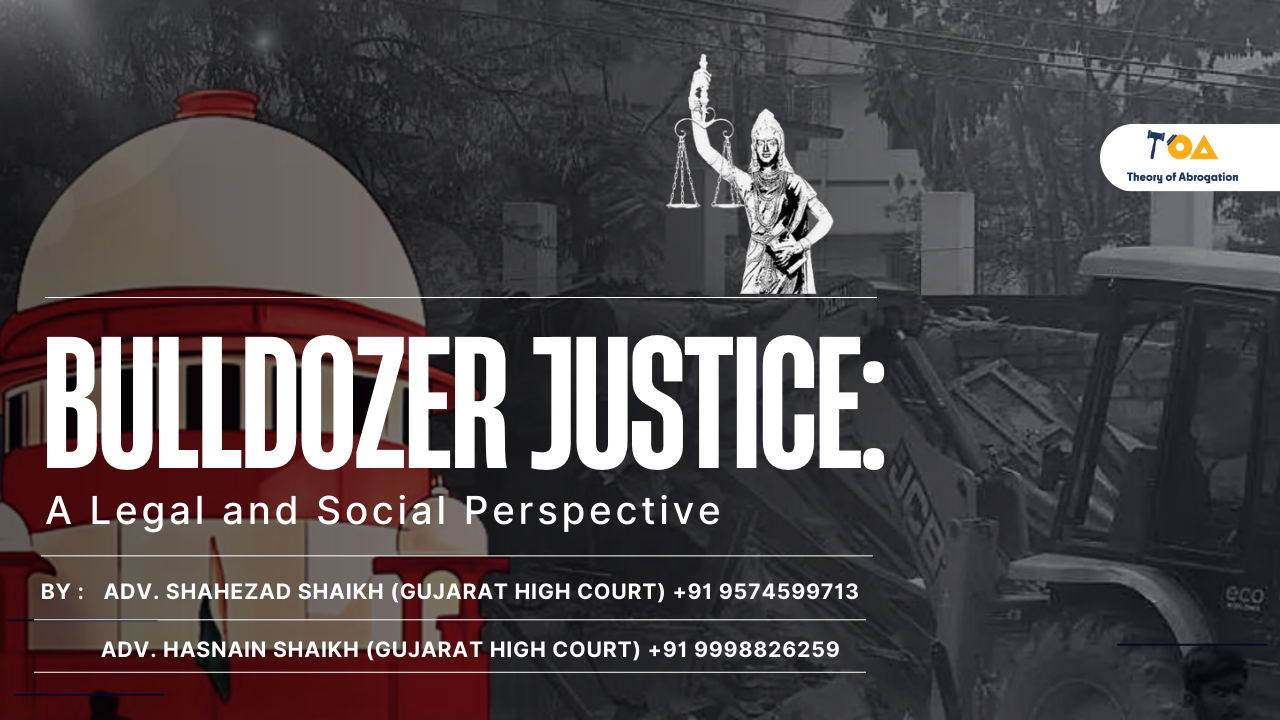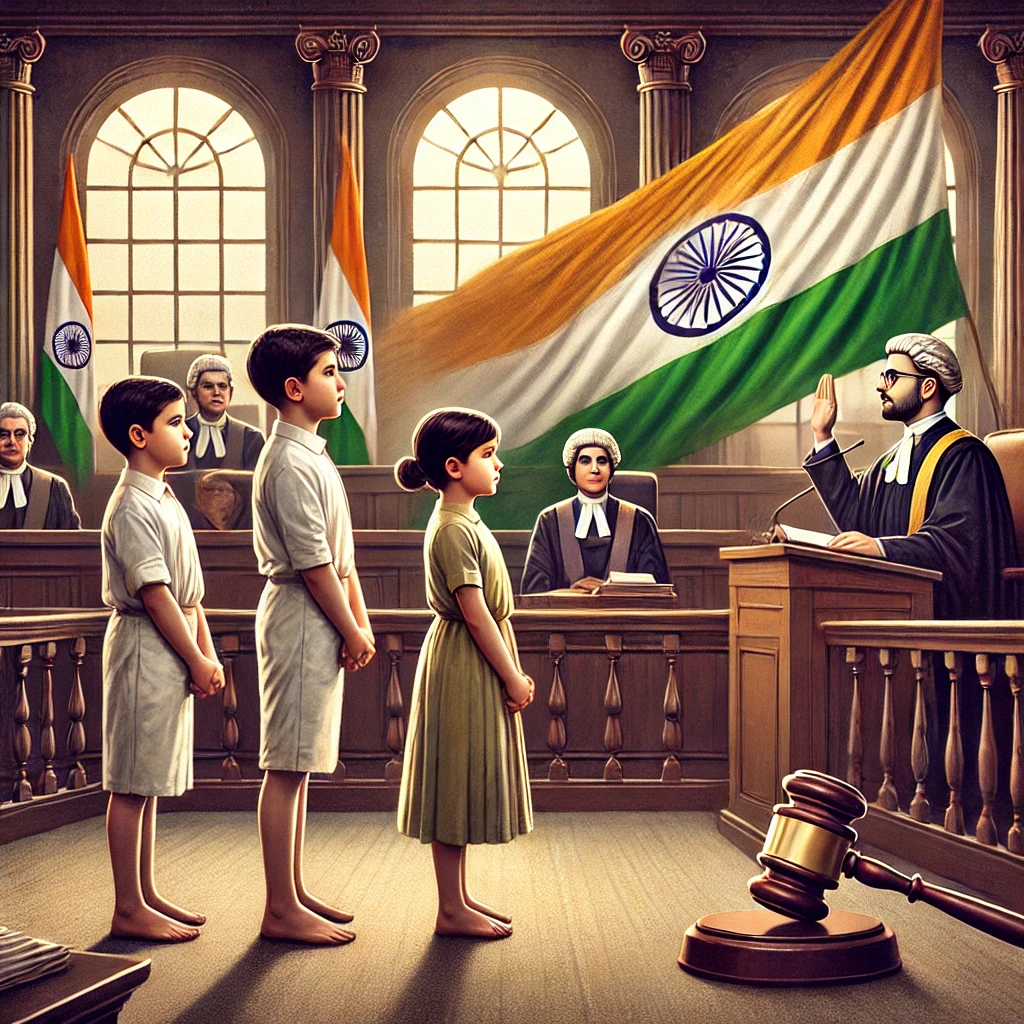⚖️ The Doctrine of Basic Structure: The Soul of the Indian Constitution
The Doctrine of Basic Structure is a judicial principle that prevents Parliament from altering the fundamental identity of the Constitution, ensuring that democracy, rule of law, and individual freedoms remain protected. 📚 Introduction The Indian Constitution is not just a legal document—it’s the living foundation of Indian democracy. While it can be amended to reflect changing times, there are certain core principles that cannot be touched, even by Parliament. This idea was born through the Doctrine of Basic Structure, one of the most significant contributions by the Indian judiciary to constitutional jurisprudence. 🏛️ Origin: The Kesavananda Bharati Case (1973) The doctrine was established in the landmark case of Kesavananda Bharati v. State of Kerala (1973). Until then, Parliament had wide powers to amend the Constitution under Article 368, including Fundamental Rights. The question before the Court was: Can Parliament amend any part of the Constitution, even to the extent of taking away citizens’ rights or altering its very identity? The 13-judge bench of the Supreme Court ruled by a 7-6 majority that: ✅ Parliament can amend the Constitution,❌ But it cannot alter its “basic structure”. This historic verdict placed a judicial check on Parliament’s amending power, ensuring that India’s democratic foundation remains unshaken. 🧱 What Is the “Basic Structure”? The Constitution does not explicitly list what the “basic structure” includes. Instead, over the years, the Supreme Court has interpreted and expanded it through various judgments. Core elements identified as part of the Basic Structure include: Supremacy of the Constitution Rule of Law Separation of Powers Judicial Review Independence of the Judiciary Free and Fair Elections Secularism Federalism Parliamentary System of Government Protection of Fundamental Rights This list is not exhaustive and continues to evolve. 📜 Key Cases that Shaped the Doctrine Kesavananda Bharati v. State of Kerala (1973)– Origin of the doctrine. Indira Nehru Gandhi v. Raj Narain (1975)– Election laws cannot violate basic democratic principles. Minerva Mills v. Union of India (1980)– Strengthened the doctrine by striking down parts of the 42nd Amendment. I.R. Coelho v. State of Tamil Nadu (2007)– Even laws in the 9th Schedule (meant to protect from judicial review) can be struck down if they damage the basic structure. 🧠 Why It Matters Prevents authoritarianism – No government can rewrite the Constitution to concentrate power. Protects citizens’ rights – Fundamental rights like liberty, equality, and freedom cannot be erased. Maintains constitutional integrity – Ensures the document’s identity and vision remain intact. 🔍 Criticism & Debate Some critics argue that the doctrine gives too much power to the judiciary, potentially leading to judicial overreach. However, the Court has always maintained that this power is used cautiously and only when absolutely necessary.



